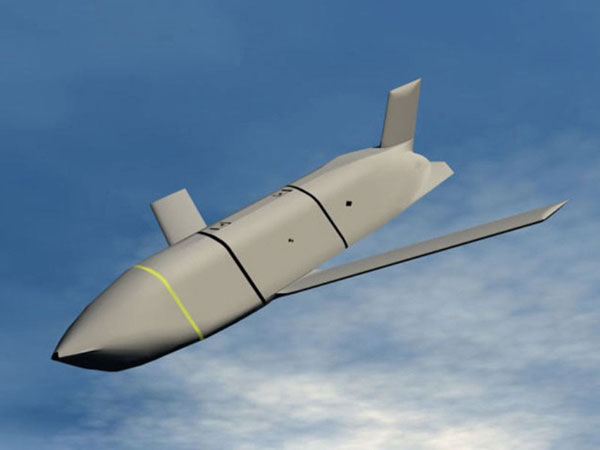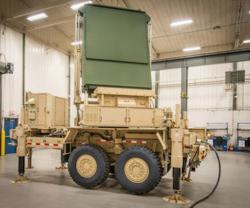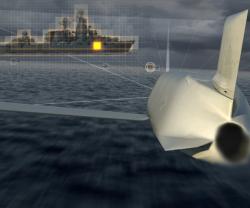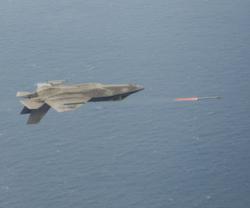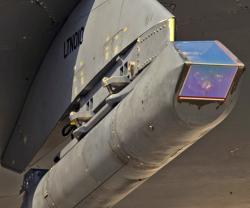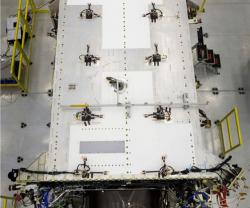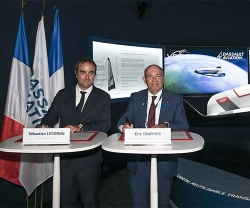Lockheed Martin recently conducted a successful controlled flight test of the Long Range Anti-Ship Missile (LRASM) surface-launch variant from the Self Defense Test Ship at Pt. Mugu Sea Range, California.
This was the third successful surface-launched LRASM test, proving the missile’s ability to load mission data using the modified Tactical Tomahawk Weapon Control System (TTWCS+), align mission data with the moving ship and launch from the MK 41 Vertical Launch System (VLS).
During the test, LRASM exited the VLS launcher, cleanly separated from its Mk-114 booster and transitioned to the cruise phase. The missile successfully flew a pre-planned low-altitude profile collecting aerodynamics agility data while en route to its pre-determined endpoint.
“This successful flight test demonstrates Lockheed Martin’s readiness to answer the U.S. Navy's need for new anti-surface warfare capabilities as part of the 'distributed lethality' concept,” said Scott Callaway, LRASM Surface-Launch Director at Lockheed Martin Missiles and Fire Control.
“This LRASM flight test from a U.S. Navy surface ship VLS highlights the successful collaboration between Lockheed Martin and the U.S. Navy,” he added.
To support this test, Lockheed Martin invested internal funds to provide an operational LRASM and to refurbish the Navy's Self Defense Test Ship MK 41 VLS. This demonstration from a moving ship in a dynamic at-sea environment was a critical step in proving the maturity of the surface-launch variant. LRASM was also tested successfully from a ground-based MK 41 VLS “Desert Ship” in 2013 and 2014. Integrating LRASM with the VLS will provide every Aegis destroyer and cruiser with a long-range, survivable anti-surface warfare distributed lethality capability.
The surface-launch LRASM variant was built on the same production line as JASSM, JASSM-ER and LRASM air-launch weapons, and delivers the same long-range, precision capability. With maturity of the MK 41 VLS integration demonstrated, Lockheed Martin will continue testing on other surface ship applications, including topside, deck-mounted launchers.
LRASM is a precision-guided anti-ship missile that leverages the successful JASSM-ER heritage, and is designed to meet the needs of U.S. Navy and Air Force warfighters in a robust anti-access/area-denial threat environment. The air-launched variant provides an early operational capability for the Navy's offensive anti-surface warfare Increment I requirement to be integrated onboard the U.S. Air Force's B-1B in 2018 and on the U.S. Navy's F/A-18E/F Super Hornet in 2019.
Headquartered in Bethesda, Maryland, Lockheed Martin is a global security and aerospace company that employs approximately 125,000 people worldwide and is principally engaged in the research, design, development, manufacture, integration and sustainment of advanced technology systems, products and services.

